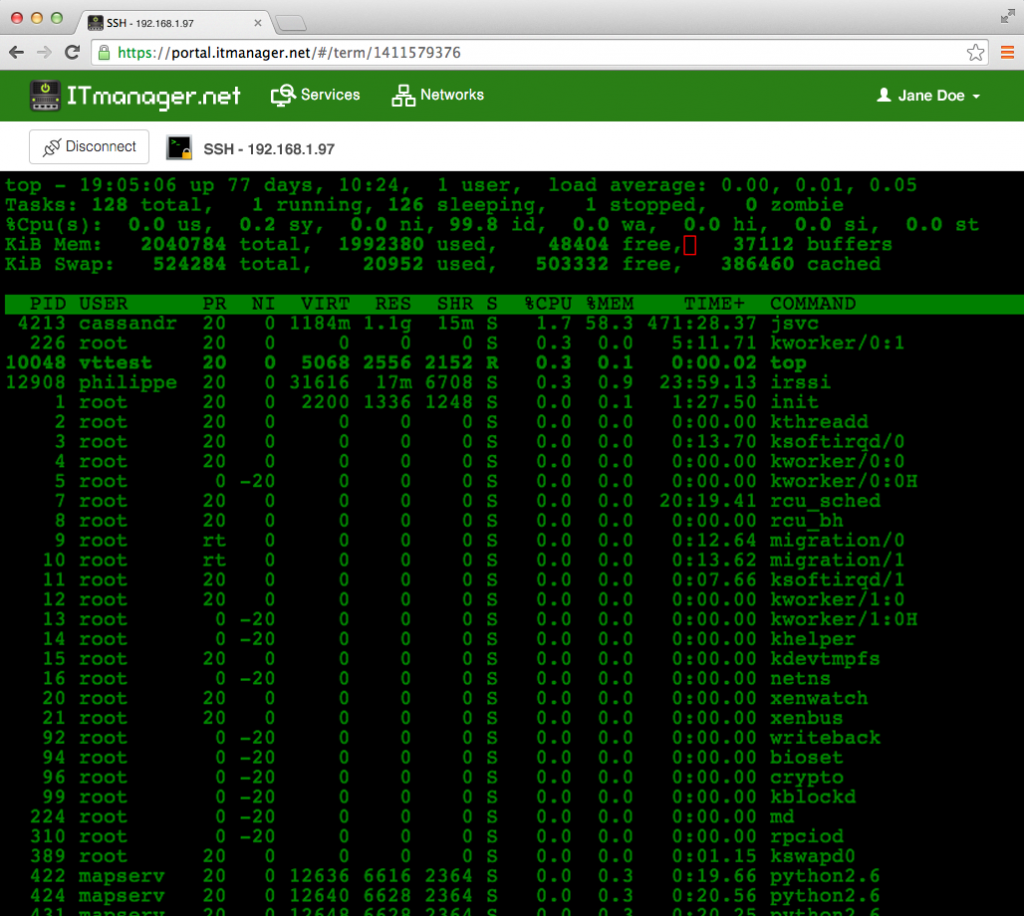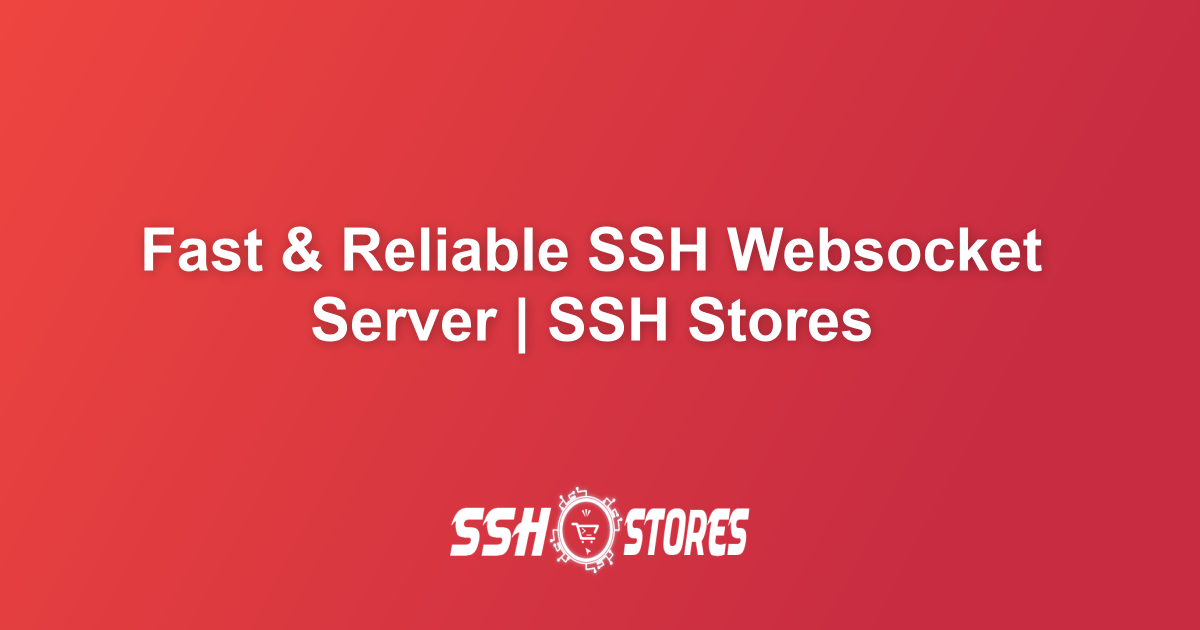Mastering RemoteIoT Web SSH Server: The Ultimate Guide For Modern Tech Enthusiasts
Hey there, tech wizards! If you're diving headfirst into the world of IoT and remote server management, then you're in the right place. RemoteIoT Web SSH server has become a buzzword for anyone looking to access their devices or servers from anywhere on the planet. But let’s be real—setting up a secure and efficient remote SSH server isn’t as simple as it sounds. That’s why we’ve crafted this ultimate guide to walk you through everything you need to know. Buckle up, because we’re about to get technical—but in a fun, easy-to-digest way!
In today’s digital age, remote access is no longer just a luxury; it’s a necessity. Whether you’re managing a fleet of IoT devices, running a web server, or troubleshooting from the comfort of your couch, having a reliable remote IoT SSH setup is crucial. But with so many options out there, how do you choose the right one? And more importantly, how do you make sure your data stays secure?
This article will take you on a journey through the ins and outs of remote IoT web SSH server management. From setting up your first SSH connection to securing your server against potential threats, we’ve got you covered. So grab a cup of coffee, and let’s dive in!
Read also:Exploring Free Remote Access Solutions For Iot Devices
Table of Contents
- What is RemoteIoT Web SSH Server?
- Why Choose RemoteIoT Web SSH Server?
- Setting Up Your RemoteIoT Web SSH Server
- Securing Your SSH Connection
- Troubleshooting Common Issues
- Optimizing Performance for RemoteIoT
- Best Practices for Managing RemoteIoT Servers
- Frequently Asked Questions
- Comparison with Other Remote Access Solutions
- Conclusion: Take Your RemoteIoT SSH Game to the Next Level
What is RemoteIoT Web SSH Server?
Alright, let’s start with the basics. A remote IoT web SSH server allows you to connect to your IoT devices or servers over the internet using Secure Shell (SSH) protocol. Think of it as a secure tunnel that lets you control and manage your devices remotely, without having to physically be there. It’s like giving your devices a virtual handshake from miles away.
SSH is widely regarded as one of the most secure methods for remote access. It encrypts all communication between your local machine and the remote server, ensuring that sensitive data remains protected from prying eyes. This is particularly important when dealing with IoT devices, which often handle critical information.
How Does RemoteIoT Web SSH Work?
Here’s a quick breakdown of how it works:
- Connection Establishment: You initiate an SSH session from your local machine to the remote IoT device or server.
- Authentication: The server verifies your identity using credentials like passwords or public key authentication.
- Encrypted Communication: Once authenticated, all commands and data exchanged between your machine and the server are encrypted for security.
It’s like having a private chatroom where only you and your server can hear each other, even if someone else is eavesdropping on the network.
Why Choose RemoteIoT Web SSH Server?
Now that you know what it is, let’s talk about why you should consider using a remote IoT SSH server. Here are some compelling reasons:
- Security: SSH offers robust encryption and authentication mechanisms, making it one of the safest ways to access your devices remotely.
- Flexibility: You can manage your IoT devices from anywhere in the world, as long as you have an internet connection.
- Scalability: Whether you’re managing a single device or a large network of IoT gadgets, SSH can handle it all.
- Cost-Effective: Unlike proprietary solutions, SSH is open-source and free to use, saving you tons of cash.
Plus, it’s relatively easy to set up, even for beginners. So whether you’re a seasoned pro or a tech newbie, you can get up and running in no time.
Read also:Alexis Bellino Net Worth 2023 A Deep Dive Into Her Wealth Career And Lifestyle
Setting Up Your RemoteIoT Web SSH Server
Ready to roll up your sleeves and set up your own remote IoT SSH server? Follow these steps:
Step 1: Install SSH Server
First things first, you’ll need to install an SSH server on your IoT device. Most Linux-based systems come with SSH pre-installed, but if not, you can easily add it using package managers like apt or yum.
sudo apt-get install openssh-server
Step 2: Configure SSH
Once installed, you’ll want to tweak the SSH configuration to suit your needs. Open the SSH config file using a text editor:
sudo nano /etc/ssh/sshd_config
Here, you can customize settings like port numbers, authentication methods, and more.
Step 3: Enable Port Forwarding
To access your server from outside your local network, you’ll need to set up port forwarding on your router. This allows external traffic to reach your SSH server.
Step 4: Test the Connection
Finally, test your setup by connecting to your server from another machine using an SSH client. If everything’s configured correctly, you should be good to go!
Securing Your SSH Connection
Security is key when it comes to remote access. Here are some tips to keep your remote IoT SSH server safe:
- Use Strong Passwords: Avoid using common or easily guessable passwords. Instead, opt for complex combinations of letters, numbers, and symbols.
- Enable Two-Factor Authentication: Add an extra layer of security by requiring a second form of verification, such as a one-time code sent to your phone.
- Disable Root Login: Restrict direct access to the root account to prevent unauthorized users from gaining full control of your system.
- Monitor Logs: Keep an eye on your SSH logs for any suspicious activity. This can help you detect and respond to potential threats quickly.
By implementing these measures, you can significantly reduce the risk of unauthorized access to your server.
Troubleshooting Common Issues
Even the best-laid plans can sometimes go awry. Here are some common issues you might encounter when setting up your remote IoT SSH server, along with their solutions:
- Connection Refused: Check your firewall settings and ensure that the necessary ports are open.
- Authentication Failed: Double-check your username and password, or verify that your public key is correctly installed on the server.
- Timeout Errors: Increase the server’s timeout value in the SSH config file to allow more time for the connection to establish.
If none of these solutions work, don’t hesitate to reach out to the community or consult the official documentation for further assistance.
Optimizing Performance for RemoteIoT
Speed and efficiency are crucial when managing remote servers. Here are some tips to optimize the performance of your remote IoT SSH server:
- Compress Data: Enable data compression in your SSH config to speed up file transfers.
- Limit Connections: Restrict the number of concurrent connections to prevent your server from becoming overwhelmed.
- Use Efficient Commands: Opt for lightweight commands and scripts to minimize resource usage.
By fine-tuning these settings, you can ensure that your server runs smoothly, even under heavy load.
Best Practices for Managing RemoteIoT Servers
Here are some best practices to keep in mind when managing your remote IoT SSH server:
- Regular Updates: Keep your server software and firmware up to date to patch any security vulnerabilities.
- Backup Regularly: Always back up your data to prevent loss in case of a system failure.
- Document Everything: Keep detailed records of your server configurations and settings for future reference.
Following these guidelines will help you maintain a stable and secure remote server environment.
Frequently Asked Questions
Q: Is SSH the only way to access my IoT devices remotely?
A: No, there are other methods like VNC or remote desktop protocols, but SSH is generally considered the most secure and reliable option.
Q: Can I use SSH on Windows?
A: Absolutely! Windows 10 and later versions come with built-in SSH support, so you can easily connect to your remote servers from a Windows machine.
Q: How do I know if my SSH connection is secure?
A: Check your server logs for any unauthorized access attempts and ensure that strong authentication methods are in place.
Comparison with Other Remote Access Solutions
While SSH is a popular choice for remote access, it’s not the only game in town. Here’s how it stacks up against other solutions:
| Feature | SSH | VNC | Remote Desktop |
|---|---|---|---|
| Security | High | Moderate | High |
| Performance | Fast | Slower | Depends on network |
| Ease of Use | Intermediate | Easy | Easy |
As you can see, SSH offers a great balance of security, performance, and flexibility, making it an ideal choice for most remote access needs.
Conclusion: Take Your RemoteIoT SSH Game to the Next Level
And there you have it—a comprehensive guide to mastering remote IoT web SSH server management. From setting up your first connection to securing your server against potential threats, we’ve covered all the bases. Remember, the key to success lies in staying informed, keeping your systems up to date, and following best practices.
So what are you waiting for? Dive in, experiment, and take your remote server management skills to the next level. And don’t forget to share this article with your fellow tech enthusiasts—if you found it helpful, they probably will too!


